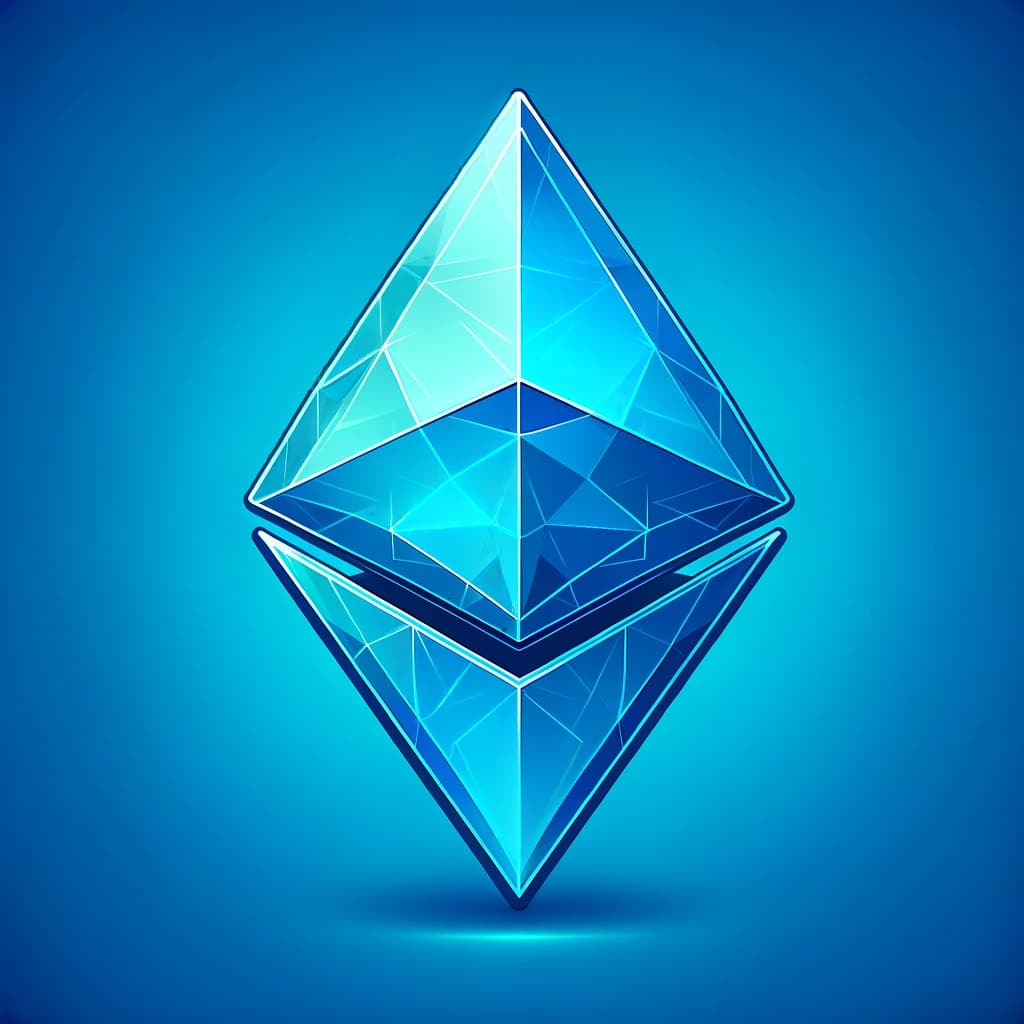#1 Rated ETH Casino In The World
Insane Ethereum bonuses. Zero withdrawal fees. Flash-like customer support

Enhanced Security and Anonymity
Ethereum casinos leverage the security features of blockchain technology. Blockchain is a decentralized and immutable ledger, meaning once a transaction is recorded, it cannot be altered or deleted. This reduces the risk of fraud and hacking.
Faster Transactions
Players in Ethereum casino often enjoy greater anonymity compared to traditional online casinos. Personal details are not necessarily tied to transactions, as Ethereum operates on blockchain addresses without requiring personal information. This is particularly appealing for users concerned about privacy.
Lower Transaction Fees
Transactions on Ethereum casinos are typically faster than traditional online banking or even other cryptocurrency platforms. This is because Ethereum transactions can be processed in seconds or minutes, unlike bank transfers which can take days. This speed is beneficial for both deposits and withdrawals, allowing players to access their funds more quickly.

What is an Ethereum casino?
An Ethereum casino is an online gaming platform that operates using Ethereum, a leading cryptocurrency. Unlike traditional online casinos, Ethereum casinos leverage blockchain technology, offering a decentralized gaming experience that is more secure, transparent, and often more efficient.
How does an Ethereum casino work?
Ethereum casinos operate on the Ethereum blockchain, using smart contracts to manage games and transactions. These contracts execute automatically, ensuring fairness and transparency. Players use Ethereum to play games, and winnings are directly transferred to their blockchain-based wallets, often instantly.

How to get started on an Ethereum casino?
Step 1. Create a Digital Wallet for Ethereum:
A digital wallet is essential for handling Ethereum transactions. It’s like an online bank account for your cryptocurrency.
Choose a reliable and secure wallet provider. Popular options include MetaMask, Trust Wallet, and Ledger Nano X.
Download and install the wallet software or app. Set up your wallet with a strong password and back up your recovery phrases securely.
Step 2. Purchase Ethereum from a Cryptocurrency Exchange:
Ethereum can be bought from various cryptocurrency exchanges such as Coinbase, Binance, or Kraken.
Create an account on your chosen exchange. You’ll need to provide some personal information and undergo a verification process for security purposes. Once verified, you can purchase Ethereum using traditional payment methods like bank transfers, credit cards, or PayPal. Be mindful of the fees and exchange rates.
Step 3. Choose a Reputable Ethereum Casino and Register:
- Research to find a reputable Ethereum casino that suits your preferences. Look for factors like game variety, bonuses, security measures, and user reviews.
- Visit the casino’s website and complete the registration process. This typically involves providing an email address, creating a username, and setting a password.
- Some Ethereum casinos offer the option to play anonymously, requiring even less personal information at registration.
Step 4. Deposit Ethereum into Your Casino Account:
- Log into your Ethereum casino account and navigate to the ‘Deposit’ section.
- Copy the casino’s Ethereum deposit address. Then, go to your digital wallet and initiate a transfer to this address.
- Specify the amount of Ethereum you wish to deposit. Ensure the transaction details are correct before confirming.
- The deposit should reflect in your casino account within a few minutes, depending on the Ethereum network’s congestion.
Step 5. Start Playing Your Favorite Games:
With Ethereum in your casino account, you’re ready to play. Explore the range of available games like slots, table games, live dealer games, or unique blockchain-based games. Remember to check out any welcome bonuses or promotions that might be available for new players. As you play, manage your bankroll wisely. Familiarize yourself with the rules of each game, and consider starting with smaller bets to get a feel for how the games operate.
Ethereum Casino Games to Play
Ethereum casinos are renowned for their diverse and engaging gaming portfolio. Here’s a closer look at some popular game categories:
- Slots: A staple of any casino, Ethereum casinos offer a wide range of slot games, from classic three-reel machines to advanced video slots with multiple paylines, immersive graphics, and themes. Many slots in Ethereum casinos incorporate unique features like progressive jackpots and bonus rounds.
- Poker: Ethereum poker games range from traditional Texas Hold’em to more contemporary variations. Players can enjoy the thrill of bluffing and strategy in real-time, with the added assurance of blockchain technology ensuring fairness and transparency.
- Blackjack: A timeless favorite, blackjack in Ethereum casinos offers various formats including single-deck, multi-deck, European, and American rules. The use of Ethereum allows for quick bets and payouts, enhancing the classic game’s pace.
- Roulette: Players can find both American and European roulette, along with other variations. Ethereum’s integration ensures that each spin of the wheel and the result is fair and random, adhering to the provably fair algorithm standards.
- Blockchain-Based Games: These unique games are exclusive to cryptocurrency casinos. They utilize Ethereum’s smart contract technology, allowing players to experience innovative game mechanics and fairness that’s verifiable on the blockchain.
Ethereum Casino Bonuses: Free Spins, Welcome Bonus, Deposit Bonus
Bonuses in Ethereum casinos are designed to enhance the player’s experience and chances of winning:
- Free Spins: Often offered to both new and regular players, free spins are a fantastic way to try out slot games without risking your own Ethereum. These can come as a standalone offer or part of another bonus.
- Welcome Bonus: This is a special bonus for new players. It typically matches a percentage of the player’s first deposit with bonus funds. For example, a 100% welcome bonus would double the amount of Ethereum deposited initially, subject to terms and conditions.
- Deposit Bonus: Similar to welcome bonuses, deposit bonuses are offered on subsequent deposits after the initial one. These bonuses might match a certain percentage of the deposit amount, offering additional funds to play with.
- Loyalty and VIP Bonuses: Many Ethereum casinos reward loyal players with exclusive bonuses. These can include higher deposit bonuses, cashback offers, and access to VIP-only games and tournaments.
- Special Promotions: Ethereum casinos often run special promotions tied to specific games or events. These can include additional free spins, bonus funds, or even physical prizes and trips.

Ethereum casinos and security
Security is a top priority. Ethereum casinos leverage the inherent security of blockchain technology, ensuring that player data and funds are protected. Smart contracts add an extra layer of security, automating transactions and game outcomes without human intervention.
Is it possible to hack Ethereum?
While no system is completely hack-proof, the Ethereum blockchain is highly secure. Its decentralized nature and cryptographic security make hacking extremely difficult. Ethereum casinos further implement their own security measures for added safety.